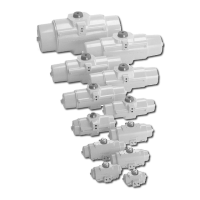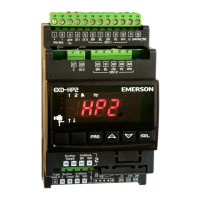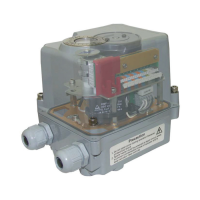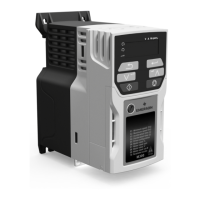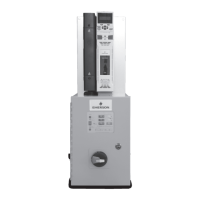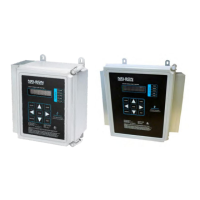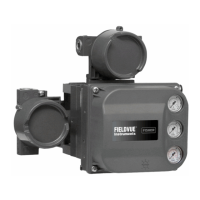March 2024
Safety Guide
DOC.SG.HX.1 Rev. 2
14
5.4 Maximum Temperatures
!
WARNING
The actuator's surface temperature is dependent upon
process operating conditions. Personal injury or property
damage, caused by re or explosion, can result if the actuator's
surface temperature exceeds the acceptable temperature
for the hazardous area classication. To avoid an increase of
instrumentation and/or accessory surface temperature due
to process operating conditions, ensure adequate ventilation,
shielding or insulation of these actuator components installed in
a potentially hazardous or explosive atmosphere.
Table 3. Temperature Range for (Potential)
Explosive Areas
Notes:
1. The actual maximum surface temperature depends not on the
equipment itself, but mainly on operating conditions e.g., the
temperature of the supply media.
2. The specied values are valid with condition: Maximum cycle
frequency of the actuator is 1 Hz at a maximum of 50 cycles per
hour and at maximum load.
Temperature
Valid for
Actuator Model
Ambient Range ATEX Class
TX (ATEX
Surface
Temperature)
-20 to +75 °C T6 T85 °C / 185 °F
Standard temperature
models
-20 to +80 °C T5 T90 °C / 194 °F
-20 to +80 °C T1 to T4 T90 °C / 194 °F
-20 to +75 °C T6 T85 °C / 185 °F
High temperature
models
-20 to +90 °C T5 T100 °C / 212 °F
-20 to +120 °C T1 to T4 T130 °C / 266 °F
-40 to +75 °C T6 T85 °C / 185 °F
Low temperature
models
-40 to +80 °C T5 T90 °C / 194 °F
-40 to +80 °C T1 to T4 T90 °C / 194 °F
-20 to +250 °C
for 2 hours
T2 T260 °C / 500 °F
Tunnel application
models
Section 5: Safety Instructions in Explosive Atmosphere
Safety Instructions in Explosive Atmosphere

